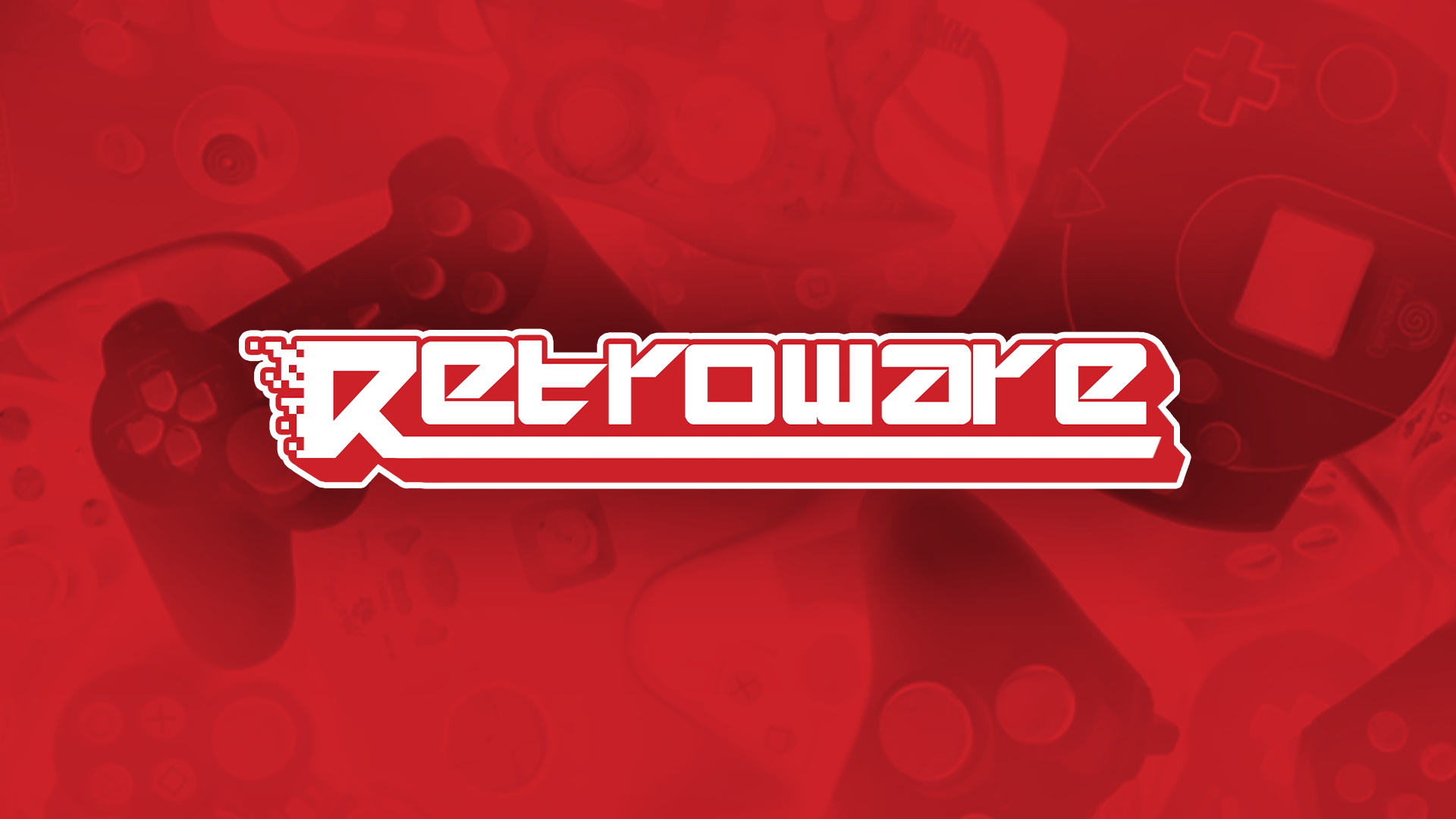Share
For years Fire Emblem was a niche series in the West, simply failing to gain the attention that other Nintendo series had. That all changed with the release of Fire Emblem Awakening, which literally saved the franchise from not having a future. Years before Awakening, however, the series took a hugely ambitious leap with Fire Emblem: Path of Radiance on the Nintendo GameCube.
Path of Radiance follows a young hero named Ike, a member of a band of mercenaries led by his father, Greil. Ike is a hugely atypical hero for Fire Emblem, as he’s the only hero in the franchise that’s not a noble or some sort of nobility. There’s not some twist mid-game that reveals Ike is a noble or anything, he really is just a common mercenary. In a series like Fire Emblem, this is decidedly important, as the protagonists of each game usually fight evil from some sense of duty or destiny. Ike, however, does what he does because it’s the right thing to do because he doesn’t want to see people suffering. With that initial setup of Ike as a different hero, Path of Radiance runs full-force with its narrative ambitions.
Building the World
When you pick up a modern Fire Emblem game one of the biggest features is the robust support system, featuring a truckload of character development. Things weren’t always like that, however, and older Fire Emblem games made it hard to even see the limited amount of support conversations. Path of Radiance is where that all started changing, and when Fire Emblem really started putting added effort into world-building. Support conversations between units have always been a thing in Fire Emblem, but they were always short and incredibly difficult to uncover, requiring you to have specific units fight next to each other consistently. Path of Radiance was the first game in the franchise that gave you a camp to prepare in before battle, where you could also see extra conversations between party members. A new set of conversations became available after every battle, and a star system noted how important they were. One star is a simple and fun conversation, while three stars note one that has significant story information. These conversations really help flesh out the world of Telius, and more importantly, provided your units with actual personalities. In past games, most units only had a short intro and maybe a support conversation or two, but in the end, they were really just another face in the army.

Path of Radiance’s characters, on the other hand, feel like real people and are much more memorable by comparison. It’s hard to believe, but Path of Radiance was also the first Fire Emblem game that contained a glossary that detailed different characters, nations, lore, and a character tree that showed the different relationships within the game. The overall narrative of Path of Radiance is fairly straightforward, but the strength of the game lies in how well it developers its characters and makes a grounded and believable world.
A Tale of Beorc and Laguz
Because of his life as a mercenary, Ike grew up separate from all of society, which means he wasn’t influenced by cultural ideas. This makes it a huge shock when Ike is forced to intervene in the war between Crimea and Daen, and he encounters racial prejudice in the process. The continent of Tellius is home to two different races, the human-like Beorc and the shapeshifting animal race Laguz. Many Beorc view the Laguz as “sub-humans,” and they’re cast out of society to live on their own. Fire Emblem doesn’t usually make big statements, and Path of Radiance doesn’t go full-force on its themes of racism, but it still tries to have a message. The rampant racism in Tellius is baffling to Ike, and through his character the game comments on how racism is bred into people, and not something that’s naturally there.
The tension between Beorc and Laguz remains an issue throughout the entire game, and there are even certain units that will voice their discomfort when a new Laguz unit joins. Certain base conversations deal with how Ike’s complete acceptance of others influences the views of other characters. It’s important to note, of course, that Ike isn’t perfect and the game doesn’t treat him as such. He consistently makes the wrong choices and puts others in danger by not thinking things through. The most important aspect of his character, however, is how he tries to be a force for good and change, and in turn, actually does bring about said change.

It’s not the most intensive look at the issue, but Path of Radiance takes a firm stance, and it’s one of the only games in the franchise that seriously tries to tackle real issues regarding race and prejudice. Fire Emblem has always been about the underdog beating the big villain with countless armies, and Path of Radiance fits that to a tee. Ike isn’t a chosen hero, but he rises to greatness through hardship and inspires others to do the same. It’s little wonder Ike has far and away been one of the most popular Fire Emblem characters over the years.
Path of Radiance laid the foundation for how the series would carry on, allowing more character development for the cast at large. Sadly, it hit at a time that Fire Emblem didn’t have widespread appeal, and a physical copy is practically impossible to find these days. Still, Path of Radiance was a turning point for the series and remains the most thematically ambitious Fire Emblem game to date.




